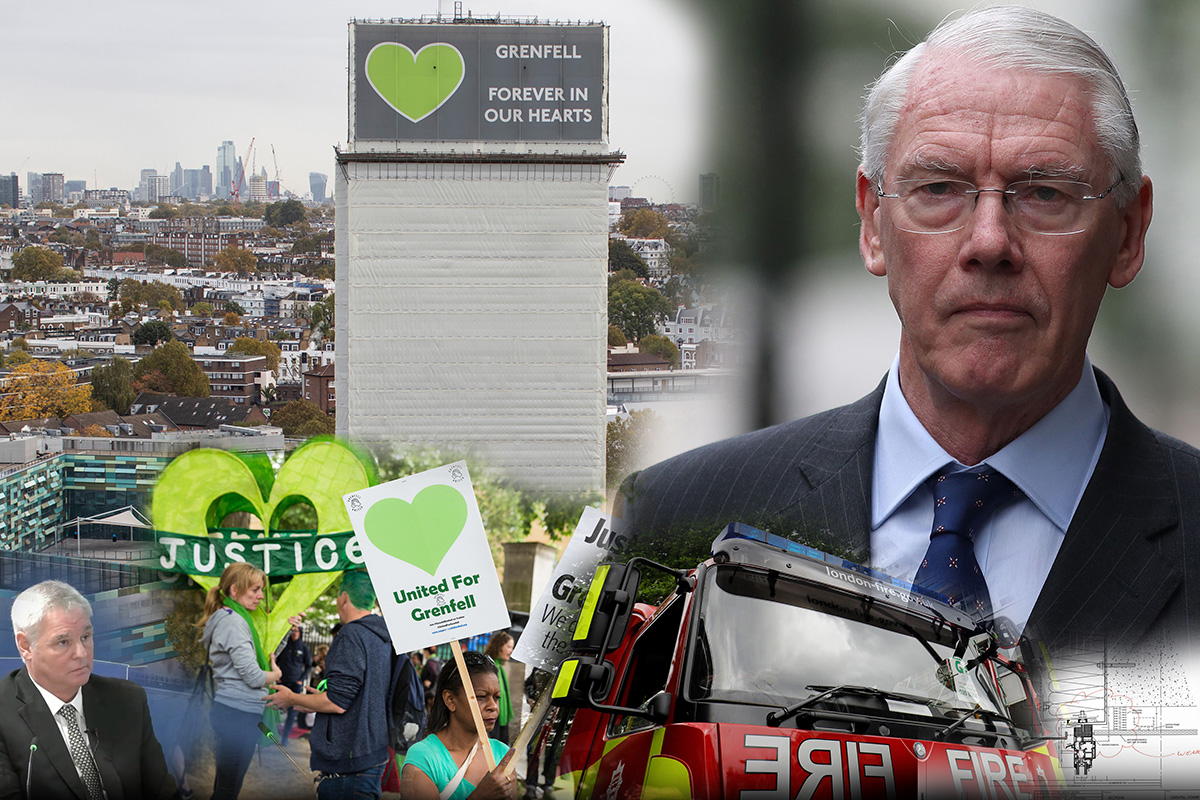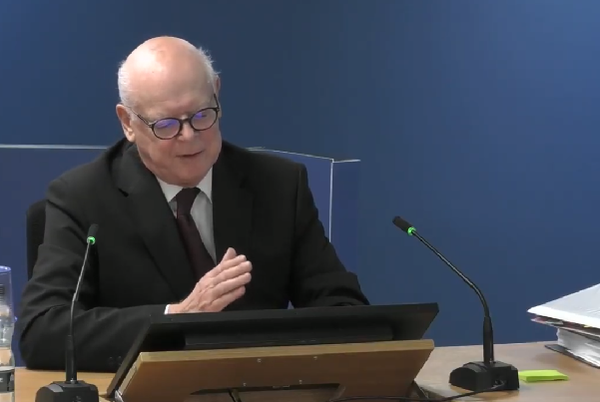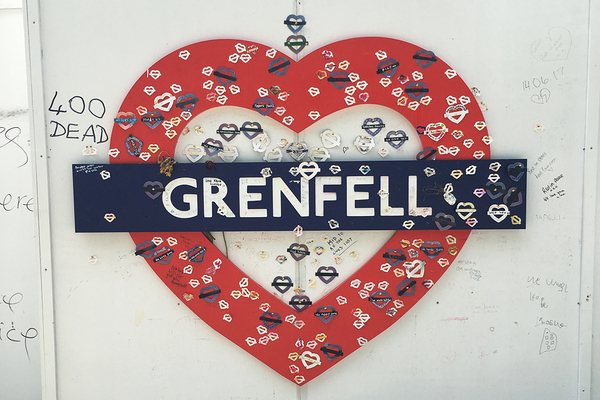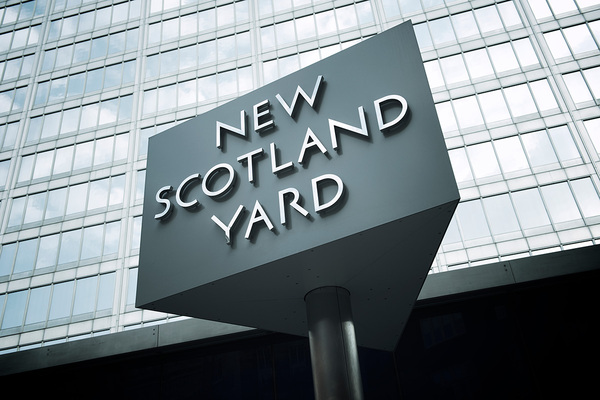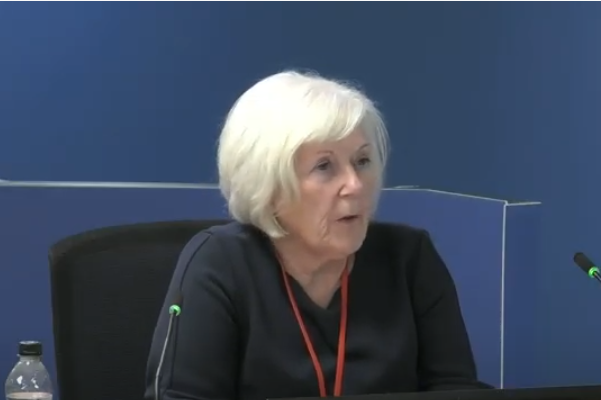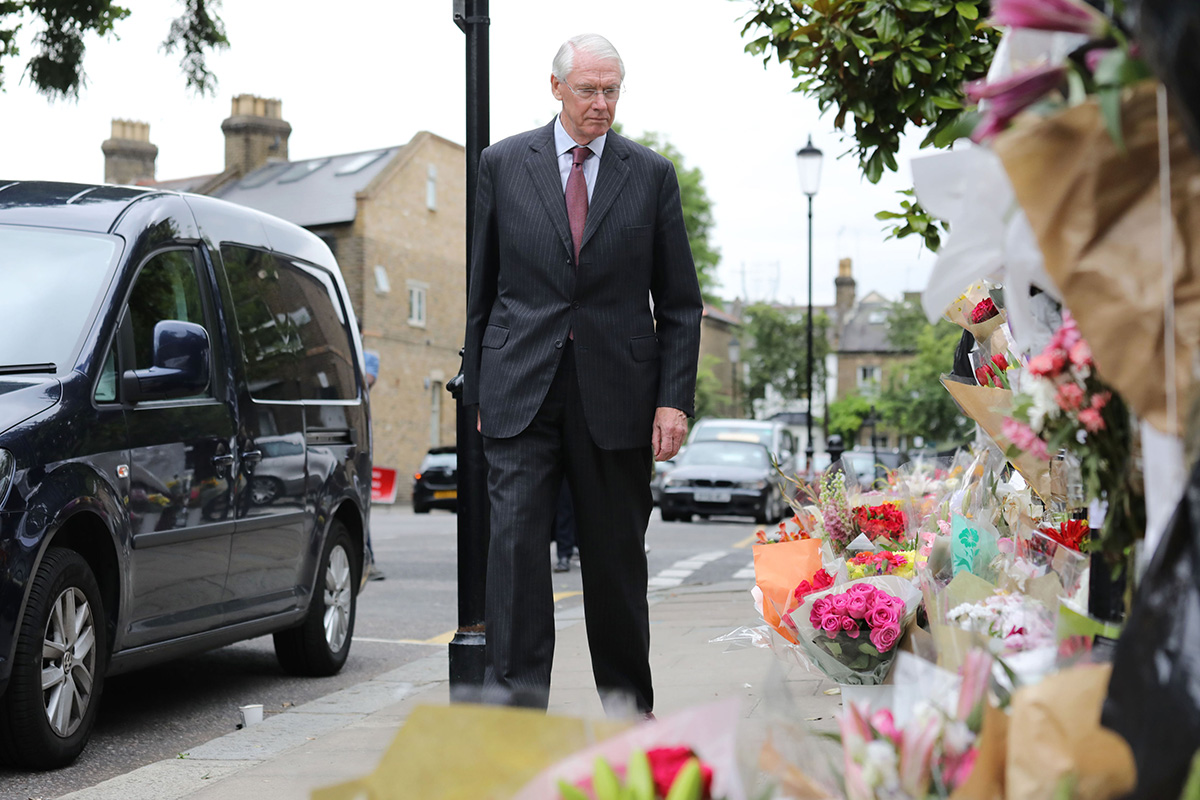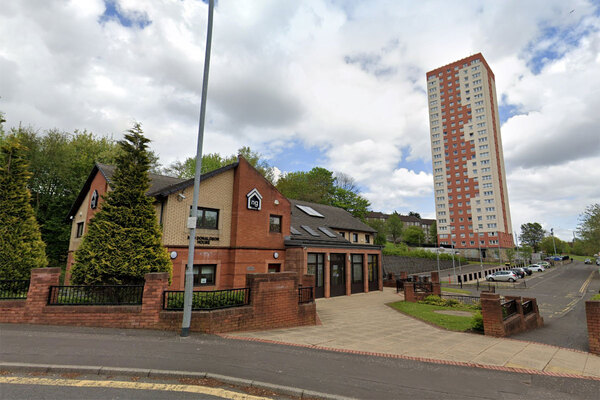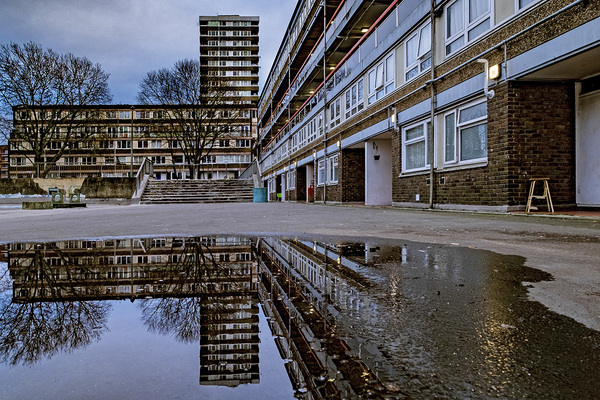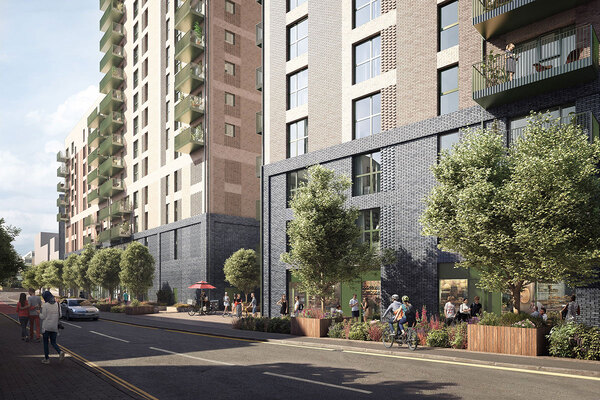You are viewing 1 of your 1 free articles
The Grenfell Tower Inquiry report: one year on, is the sector acting on the recommendations?
Is the social housing sector taking steps to implement the recommendations made in the report from phase one of the Grenfell Inquiry? Peter Apps and Nathaniel Barker report. Pictures by Alamy, Getty and Press Association
“I will not allow the lessons of this tragedy to fall through the cracks.”
So said prime minister Boris Johnson a year ago, reacting to the newly published Grenfell Tower Inquiry phase one report.
The government, he said, accepted in principle all of the recommendations made in that report by the inquiry’s chair, retired judge Sir Martin Moore-Bick (pictured, top right). He said the government would “legislate accordingly” to introduce them.
But this speech came at a difficult time in British politics. Exactly a week later, parliament was dissolved for a general election. Mr Johnson, of course, came out of that election victorious and with the power to pass almost any legislation he desired.
But then news began to emerge about a new flu-like virus spreading through the Wuhan province in China and the rest is our recent history.
The government has not yet legislated to implement the recommendations in Sir Martin’s report and, in two key areas affecting the social housing sector – as we will see – it does not intend to.
In the absence of clear regulations, is the social housing sector itself taking steps to carry out the recommendations?
That is the question Inside Housing has sought to answer, with reference to the two areas most pertinent to the social housing sector: fire doors and evacuation plans.
Fire doors
Sir Martin Moore-Bick, chair of the Grenfell Tower Inquiry, walks past a memorial for the victims of the Grenfell Tower fire
What did Sir Martin recommend?
- An urgent inspection of fire doors in all buildings containing separate dwellings, whether or not they are high rises
- A legal requirement on the owner or manager of these buildings to check doors at least every three months to ensure self-closing devices are working effectively
What has happened since?
While cladding still dominates the headlines, fire doors – and Sir Martin’s recommendations on this topic – continue to be a tricky issue in their own right.
For context, like with cladding, after serious non-compliance with safety standards was uncovered in the fire doors at Grenfell Tower, it later became clear that the problems were widespread, affecting many commonly used products. And, like with cladding, progress to replace these doors has been slow, although for differing reasons.
Housing associations and councils were therefore already doing rapid work to try to ascertain which of their fire doors were affected before the report appeared.
“Getting into someone’s flat to check their door closers every few months can start to put a burden on the tenant or the leaseholder, or tenants who might be subletting from a leaseholder”
Privately, some in the housing sector expressed alarm at the inquiry’s second recommendation relating to fire doors. Checking those in all “buildings containing separate dwellings” every three months would be a huge undertaking – particularly for social landlords that own large numbers of blocks.
A Home Office consultation on implementing the phase one recommendations was published in July. It proposed watering down the demand. Only doors in communal areas of high rises would be checked every three months. The entrance doors for flats in high rises would be checked every six months, and doors in shorter buildings would be checked once a year. Survivors’ group Grenfell United was outraged, accusing ministers of “trying to shirk away from carrying out the recommendations of the inquiry”.
But to implement any frequent checks, landlords have a significant resident engagement challenge on their hands.
“Getting into someone’s flat to check their door closers every few months can start to put a burden on the tenant or the leaseholder, or tenants who might be subletting from a leaseholder,” notes Eamon McGoldrick, managing director of the National Federation of ALMOs (NFA).
Amy Simmons, head of policy at the National Housing Federation (NHF), agrees, and believes the government could assist on this front. “There’s a need for proportionate powers of access. There are always going to be a small number of cases where it’s difficult to get access, for a number of reasons. Taking that resident to a first-tier tribunal just feels like a waste of everybody’s time.”
“We need to make sure we don’t waste the small amount of resource we’ve got”
Some are trying to find clever ways to get around these difficulties. Hull City Council, for example, has moved fire door self-closers in its tower blocks to the outside of flats, so they can be checked from the communal area. An ALMO in the North, Mr McGoldrick says, is piloting putting an electronic chip in the closer, which can be scanned from the outside to check if it is operational.
This is the preparation work taking place in the sector while requirements for frequency of checks are finalised – even if those checks appear unlikely to match what Sir Martin prescribed. The NFA and the NHF are advocating for a risk-based approach, where building height is considered alongside other factors, such as the presence of sprinklers, to determine how often doors are inspected.
“There’s a cost-and-action hump that we have to get over, and after that it will become much more the norm and part of the day-to-day management of buildings,” Ms Simmons says. “We need to make sure we don’t waste the small amount of resource we’ve got, and focus on getting the right products and the right people to install them and carry out the checks.”
Evacuations
What did Sir Martin recommend?
- The development of national guidelines for carrying out partial or total evacuations of high-rise buildings – including protecting fire access routes and procedures for evacuating people who require assistance
- Owner and manager be required to draw up and keep under review evacuation plans, with copies provided to local fire and rescue services and placed in an information box on the premises
- All high-rise buildings to be equipped
with facilities to enable the sending of an evacuation signal to the whole or a selected part of the building - Owners and managers be required by law to prepare personal emergency evacuation plans for residents who may struggle to do so independently, with information about them stored in the premises’ information box
What has happened since?
In practice, the fitting of “facilities to enable the sending of an evacuation signal to the whole or a selected part of the building” means a smart alarm system that could be triggered by or at the request of the fire service if it appeared a fire was spreading out of control. Such products are available on the market, but social landlords are largely not fitting them in flats.
“I’m not aware of anyone who is installing them everywhere,” one senior source tells Inside Housing.
There are a number of reasons for this. The first is that government has not yet set out precisely what it wants from the alarms. A standard for appropriate systems has been published, but this is still being reviewed. The government said over the summer that research work on evacuating high rises “would be commissioned this year”.
“What you don’t want to do is go early and spend money and time fitting a system that turns out not to meet the requirements when they are published”
But in the absence of a set standard, providers are reluctant to install something that might not qualify. “What you don’t want to do is go early and spend money and time fitting a system that turns out not to meet the requirements when they are published,” another source says.
Fitting alarms is not vastly expensive: one source quotes figures of £19,500 for a block of 15 flats and £123,000 for a block of 50 flats. But it does require access to all homes, which can make it a lengthy project, and comes at a time when fire safety spending is stretched.
Another difficulty is that blocks with identified fire safety issues (most notably combustible cladding but increasingly other issues) are being fitted with alarms. This means the industry’s capacity is focused on these blocks, not those with no identified faults. Further, it is understood that fire services have not yet updated their training programmes to allow commanding officers to use smart alarms, if they are installed, to evacuate buildings. So even if an alarm was fitted, it may not be used in a fire.
At least one housing association is adjusting its new build specifications to make sure all of the wiring is in place to allow the easy fitting of alarms should they be required – but that is the furthest anyone appears to be going.
“The reality is, this is something people are only going to do if it becomes a regulatory requirement,” says one source.
If another serious fire breaks out in a block with unidentified issues, the evacuation is likely to be reliant on the same basic measures that were available at Grenfell: loud hailers and calls from the fire service.
On personal emergency evacuation plans, the government has actively watered down Sir Martin’s requirement. Noting the difficulty of evacuating a block without any permanent staff, it has instead decided to adopt this requirement only for blocks with known fire safety issues that have led to a change to an evacuation policy.
In its consultation, the government issued a defence of the effectiveness of ‘stay put’ to justify this: “It is the case that in most multi-occupied residential buildings… ‘stay put’ remains an appropriate strategy where compartmentation works to stop the spread of fire… It is generally safer for residents to stay inside their flats unless the heat and smoke from the fire is affecting them.”
“The reality is, this is something people are only going to do if it becomes a regulatory requirement”
Leaving aside the debate on whether this is right, it is plainly not what Sir Martin recommended. On the advice of a series of well-qualified experts and the evidence before him, his clear view was that total reliance on stay put can no longer be sustained for any building. That does not mean immediate evacuation every time a chip pan catches fire, but it does require a plan B, which must involve some plan for people with disabilities.
Curiously, it recently announced that some of the new evacuation guidance would be developed by CS Todd & Associates - the same firm which wrote pre-Grenfell guidance firmly advocating the 'stay put' policy. Colin Todd, director of the firm, appeared as an expert witness in the first phase of the inquiry and was the only one who did not back a general move away from stay put in his recommendations to Sir Martin.
Frustration over the government’s position on this has led to a threat of legal challenge from a bereaved family.
At least one housing provider has begun gathering the details of any residents who would struggle to evacuate as part of routine fire risk assessments and storing their details on premises in information boxes.
This would at least give fire services quick information about who needed rescuing and where they were. Others caution against this, warning that information boxes are easily breached and details of disabled residents could be used for more nefarious purposes.
Consistent with the government’s advice, landlords are developing these plans for blocks where they have a waking watch. But none of those Inside Housing spoke to for this article are developing such plans for all residents of high-rise buildings who would struggle to evacuate independently.
The reality is that one year on from Sir Martin’s report, the changes are on hold. It is likely the fatal decision to delay evacuating would not happen again (indeed, at fires in Crewe and Bolton – pictured above – the swift reversal of stay put advice saved lives). But in terms of the actual tools available to the fire service to achieve this, they are being put in place only in blocks where there is a known issue. And whatever the sector and the government may think of that approach, it is not what Sir Martin ordered.
Sign up for our weekly Grenfell Inquiry newsletter
Each week we send out a newsletter rounding up the key news from the Grenfell Inquiry, along with the headlines from the week
Already have an account? Click here to manage your newsletters
